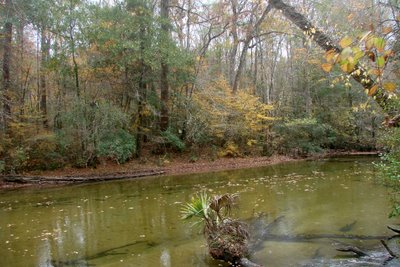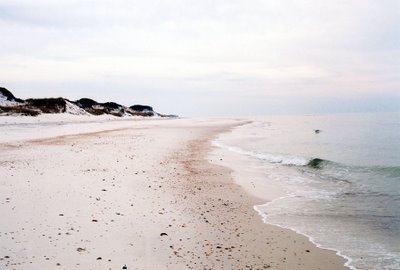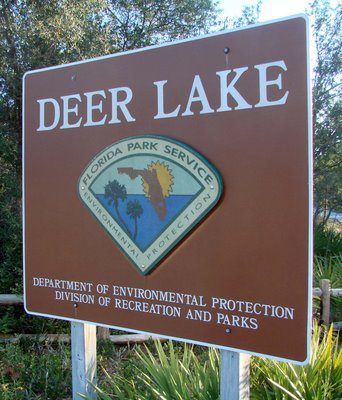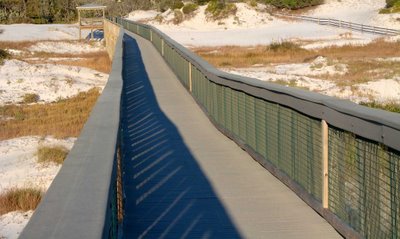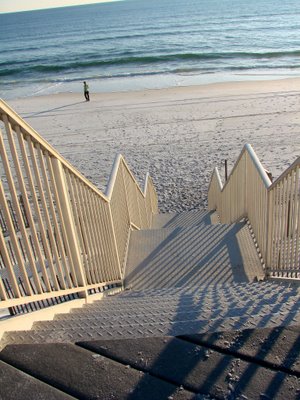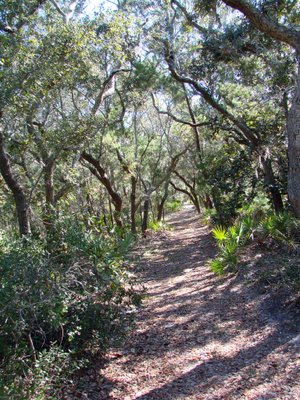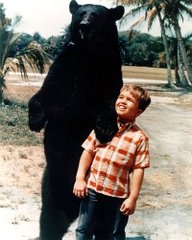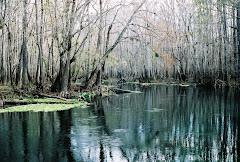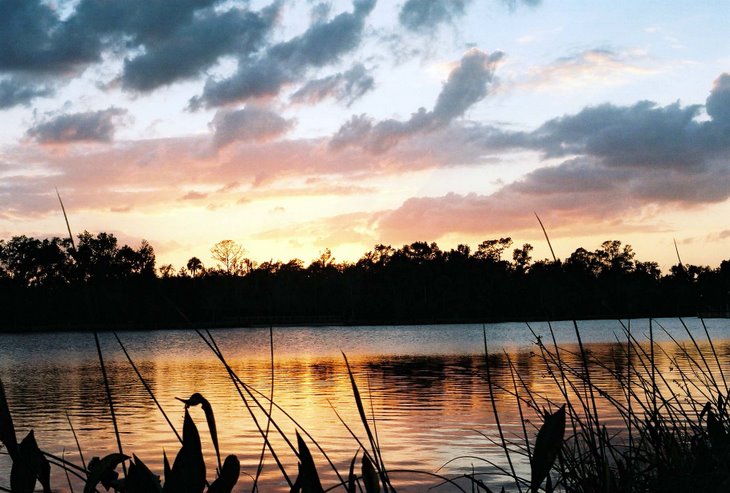According to the book Forest Trees of Florida (published by the Florida Division of Forestry): "The young longleaf pine forms one of the most striking features of southern forests. When five to ten years of age the single upright stem with its long, dark shiny needles forms a handsome plume of sparkling green; while in later youth the stalwart, sparingly branched sapling, with its heavy twigs and gray bark attracts immediate attention. The older trees have tall straight trunks, mostly one to two feet in diameter, and open, irregular crowns, one-third to one-half the length of the tree."

Young stand in Point Washington State Forest
"Longleaf pine is found throughout the state, except for the southern tip of the peninsula. Longleaf pine stands today reflect a history of extensive naval stores operations, logging and burning following logging. As a result many longleaf pine forests have been replaced by other species."
 Close-up of a teenager
Close-up of a teenagerThe search for needles has also resulted in our enrollment in the Florida State Forests Trailwalkers Program. It has three levels: Trailwalker, Trailblazer and then finally the pinnacle of acheivement------a Trailmaster! As the brochure explaining the program states "The benefits are many when you participate in the program. You get to improve your level of physical fitness at your own rate without the pressure of competition. Your only competitor is yourself." Now that's for me!!

Palmetto understory in Pine Log State Forest

At the Eastern Lake trailhead
The state forests of Florida are a hidden natural treasure that don't get a lot of publicity but offer solitude, quiet and a wide range of opportunities for the hiker and nature enthusiast. You'd hardly ever know that you are in the 4th most populous state in the nation when wandering the endless miles of forest that cover wide expanses of the Sunshine State. Y'all get out there and enjoy 'em now.

Palmetto understory in Pine Log State Forest

At the Eastern Lake trailhead











